Artist with a passion for Then singing
As soon as the sky was light, in the small house of artisan Hoang Thi Vien (Na Lang area, Binh Lieu town, Binh Lieu district), the sound of Tinh lute mixed with the high and low Then singing resounded. Mrs. Vien is nearly 70 years old this year, but she still works hard every day to collect and teach the Tay culture, especially the Then melodies of her people, to the younger generation.
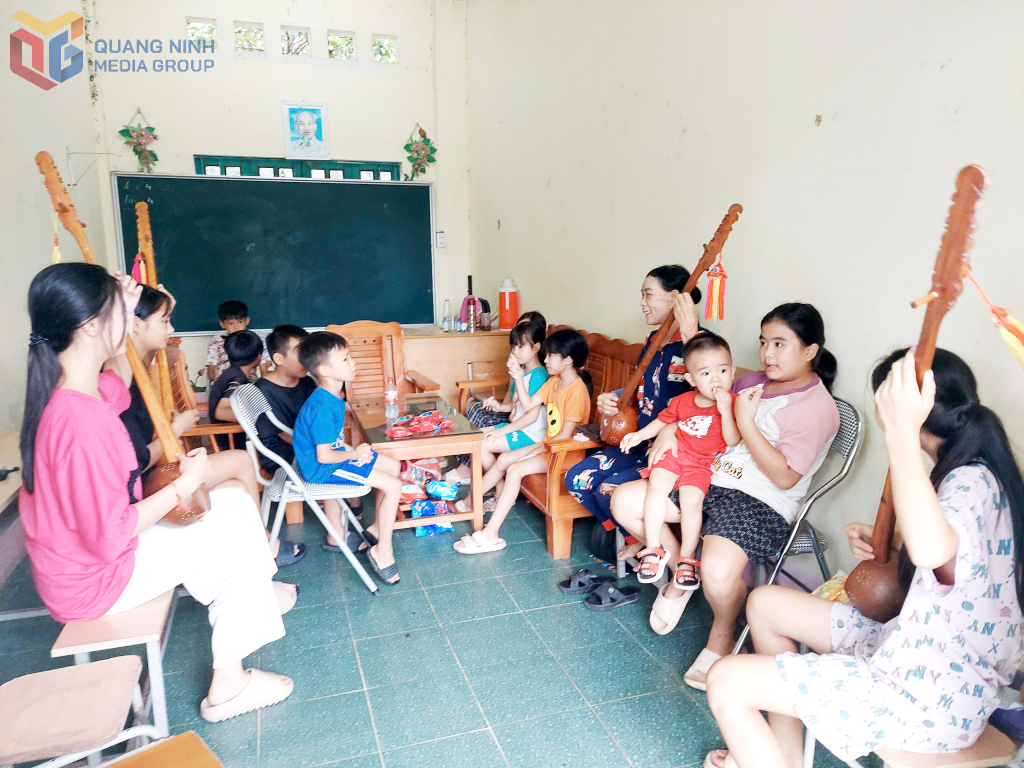
“Then melodies have been with me for more than half of my life, through village festivals and important holidays. Now, I want to pass them on to the next generation, so that the younger generation can appreciate the heritage left by their ancestors,” Ms. Vien confided with her eyes shining with pride.
Talking about the origin of Then songs and Then melodies of the Tay ethnic group, artist Hoang Thi Vien said that Then singing has many genres, such as Spring Then singing, singing during production labor, praying for crops, celebrating new houses, praying for peace... All Then songs have educational meanings, teaching people to aim for good things, love and also the experiences of the ancients...
Ms. Vien shared: There was a time when Then singing was at risk of gradually fading away in the spiritual and cultural life of the Tay people in Binh Lieu. In order to promptly preserve and conserve this precious cultural heritage, the artists who are loyal to Then have devoted all their passion and enthusiasm to bringing Then singing back to life in the community; helping the younger generation not only know how to sing, but also understand the origin and meaning of each song.
To prevent learning to sing from becoming boring, Ms. Vien has combined teaching with performances at village festivals and traditional holidays. She and other artists encourage young people to join the art club, helping them love and be more proud of their ethnic culture. Not only does she have the task of passing on to the younger generation the beauty of the traditional culture of the Tay people, artist Hoang Thi Vien also explores and composes new songs, thereby contributing to enriching the treasure trove of Then singing art of the Tay people.
The person who is passionate about preserving Dao ethnic costumes Thanh Y
Arriving at the center of Quang Son commune (Hai Ha district) and asking for directions to artisan Chieu Thi Lan's house in Mo Kiec village, everyone knows her, because she is the one who has made many positive contributions in preserving and teaching traditional costume embroidery techniques and hair-tying techniques of the Dao Thanh Y people. Artisan Chieu Thi Lan is considered by many people in the commune as the keeper of the soul of traditional costumes. Every day, outside of work, she meticulously works on the embroidery frame, her hands deftly threading each stitch, creating brilliant patterns on the black fabric.
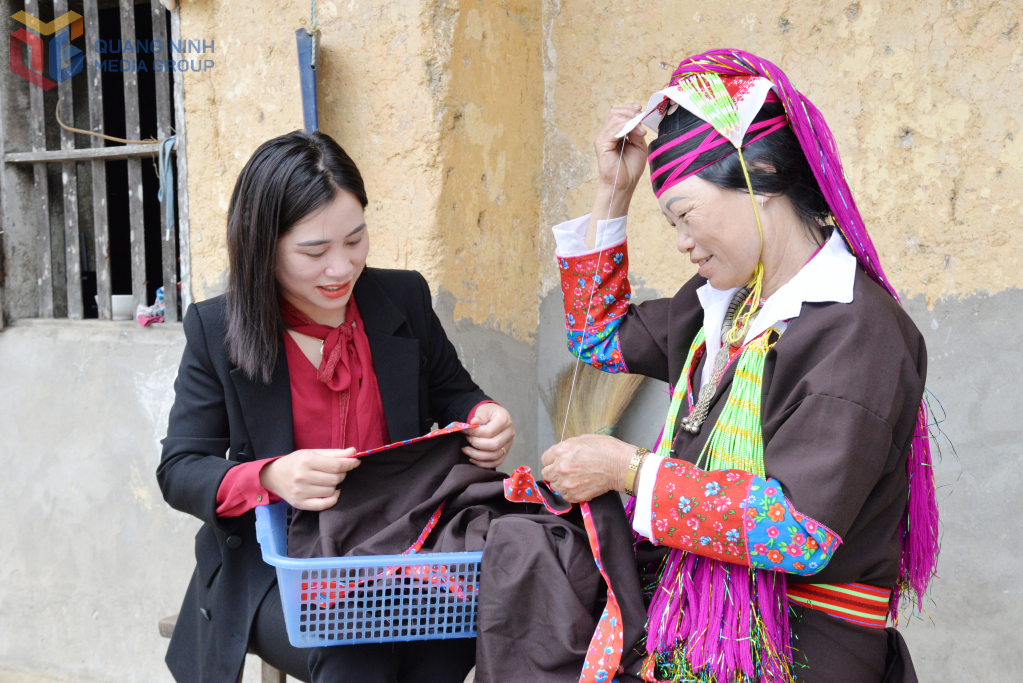
When meeting us, artisan Chieu Thi Lan excitedly folded her head scarf, then brought us the newly embroidered costume to see. The motifs and patterns on the Dao costumes are very beautiful and unique, a combination of many colors (blue, red, yellow, black, white...). The most prominent are the motifs of flowers, leaves, birds... embroidered with multi-colored wool threads on the flaps, shoulders, and belts. The hats and breastplates are also decorated by Dao Thanh Y women with many colorful motifs that are close to nature and express their love for their homeland.
“The patterns on our Thanh Y Dao costumes are not only for beauty, but also tell stories about our family and beliefs. If we do not preserve them, future generations will no longer understand the meaning of each stitch,” said artisan Chieu Thi Lan.
For Thanh Y Dao women, the costumes are very elaborate, many patterns must be hand-embroidered and the colors must be coordinated in a unique and individual way. Being a skillful person, since childhood, Ms. Lan liked to be taught by her mother how to embroider patterns, designs and how to wear the costumes of her ethnic group.
Pointing to the newly-made traditional costumes, artisan Chieu Thi Lan shared: To make a complete traditional costume, each worker must spend at least 3 months embroidering, and for those who are not familiar with it, it can take up to a year. Because it is difficult to learn and takes a long time to complete a traditional costume, in Mo Kiec village now not many people know how to sew traditional costumes.
Not wanting to let the traditional craft fade away, artisan Chieu Thi Lan proactively organized training sessions for women in the village. At first, many young girls were not interested in embroidery, thinking that modern costumes were more convenient. But with patience, Ms. Lan both instructed them on how to embroider and told stories about the origin of each pattern on the shirt, thanks to which more and more young people loved it and embroidered their own costumes. Ms. Lan also actively encouraged young people to wear traditional costumes during festivals, ceremonies, and weddings, so that Dao Thanh Y costumes are always present in community life.
In particular, when extracurricular lessons on ethnic culture were implemented in schools, Ms. Lan was invited by schools in the district to teach students how to embroider clothes and weave hair. She enthusiastically explained the meaning of traditional hair weaving and embroidery, holding students' hands until they understood how to do it and could practice it themselves. And every young person who knows that hair weaving is a national culture that is passed down, every student who knows how to love and appreciate the traditional cultural values and identity of their people, Ms. Lan feels excited and happy inside.
Promoting traditional cultural values among ethnic minorities
Recognizing the important role of traditional culture, in recent years, Quang Ninh province has had many policies to preserve and promote these values. Through classes on traditional costume embroidery, antiphonal singing, and cap sac held regularly, combined with community cultural activities during holidays and Tet, as well as cultural and sports festivals of ethnic groups held widely, attracting a large number of people to participate, it has aroused the national pride of each person in Quang Ninh.

Not only stopping at community activities, the province also pays special attention to folk artists. Up to now, Quang Ninh has 19 outstanding artists in the field of intangible cultural heritage recognized. Besides, the young generation is also continuing the tradition, such as To Dinh Hieu (Tay ethnic group in Binh Lieu), who has contributed to spreading Tay Then singing internationally.
In order to promote the traditional cultural values of ethnic minorities in the area, Quang Ninh province has recently paid attention to linking the preservation of traditional culture with sustainable tourism development. Localities in the province have identified and effectively exploited cultural identities to create attractive tourism products, such as the palm wave festival of the San Chi people, the wind-avoiding festival of the Dao Thanh Phan people or ethnic sports activities such as spinning tops, stilt walking, women's football, etc. This is not only an effective way to do tourism, but also an effective way for traditional culture to continue to be preserved and developed.
Ms. An Thi Thin, Deputy Director of the Department of Ethnic Minorities and Religions, assessed: Prestigious people and folk artists in the community are not only a bridge to preserve traditional culture, but also spiritual leaders, contributing to the sustainable development of the homeland. They not only preserve the heritage of their ancestors, but also inspire the younger generation, helping the younger generation understand and be proud of their roots. With the joint efforts of the government and the people, the culture of ethnic groups in Quang Ninh will certainly continue to develop, creating a colorful picture, both traditional and modern.
Source: https://baoquangninh.vn/nhung-nguoi-giu-kho-bau-o-ban-lang-3350740.html



![[Photo] President Luong Cuong and King Philippe of Belgium visit Thang Long Imperial Citadel](https://vstatic.vietnam.vn/vietnam/resource/IMAGE/2025/4/1/cb080a6652f84a1291edc3d2ee50f631)
![[Photo] Close-up of Vietnam's sniffer dog team searching for earthquake victims in Myanmar](https://vstatic.vietnam.vn/vietnam/resource/IMAGE/2025/4/1/d4949a0510ba40af93a15359b5450df2)
![[Photo] Prime Minister Pham Minh Chinh meets with King Philippe of Belgium](https://vstatic.vietnam.vn/vietnam/resource/IMAGE/2025/4/1/be2f9ad3b17843b9b8f8dee6f2d227e7)

![[Photo] General Secretary To Lam receives King Philippe of Belgium](https://vstatic.vietnam.vn/vietnam/resource/IMAGE/2025/4/1/e5963137a0c9428dabb93bdb34b86d7c)
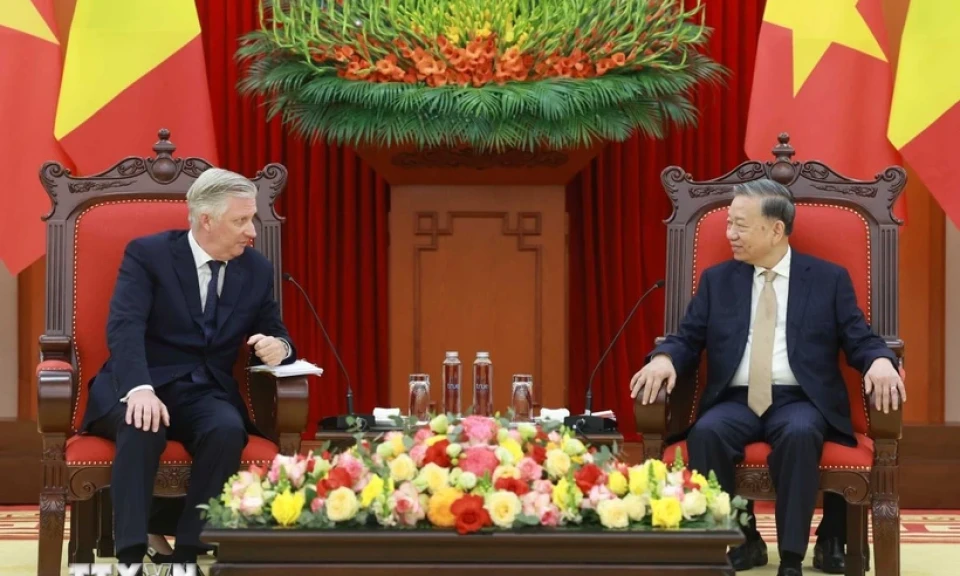

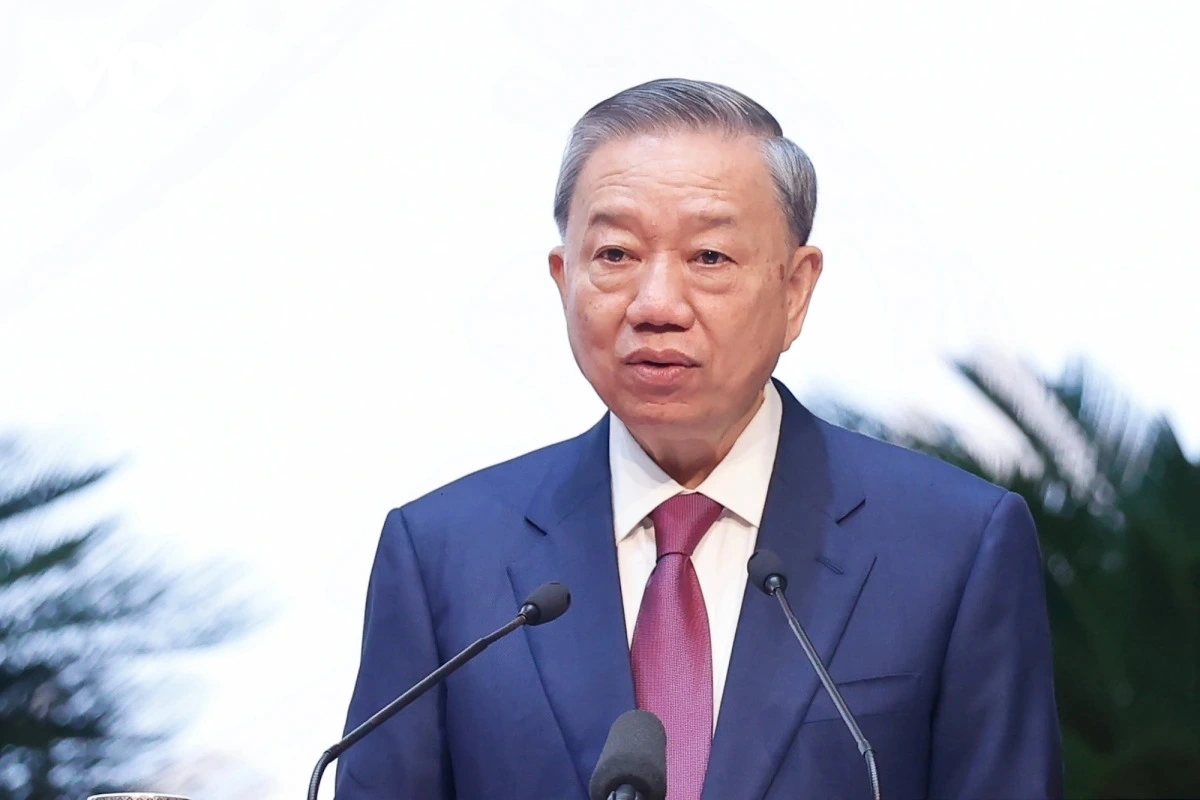

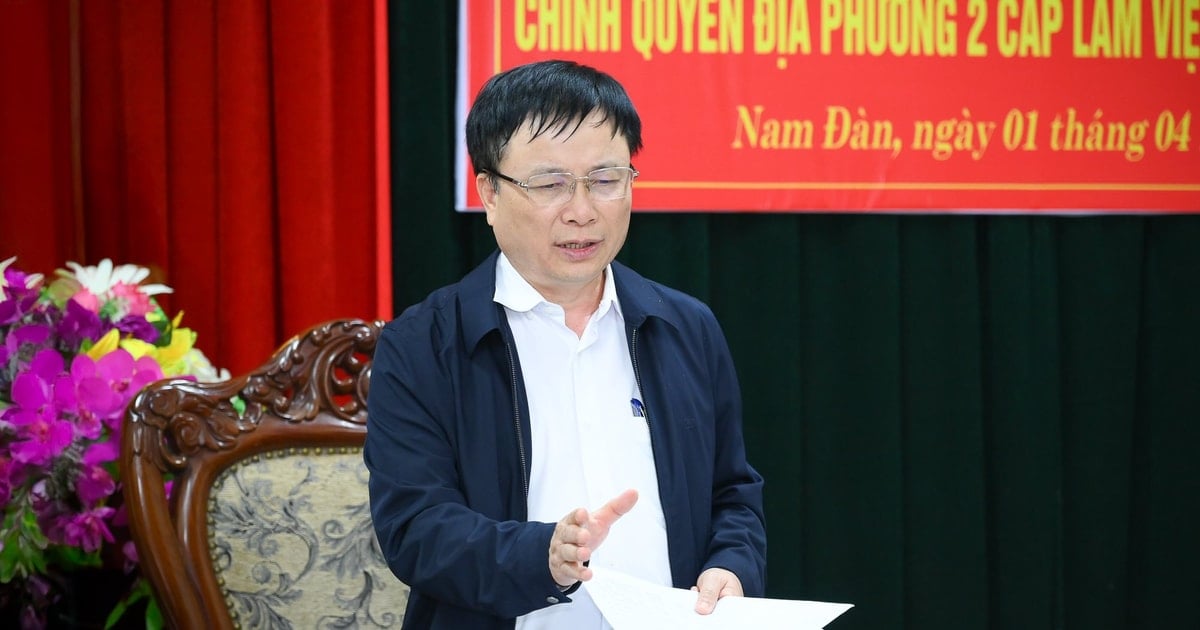
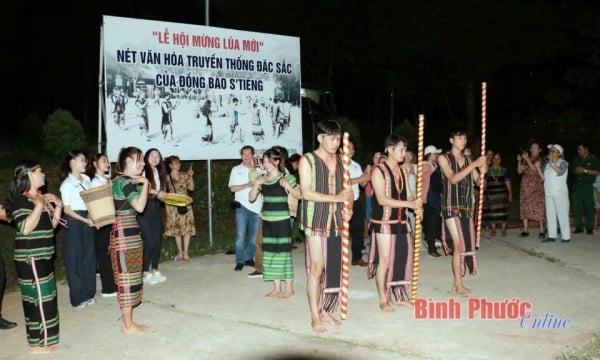





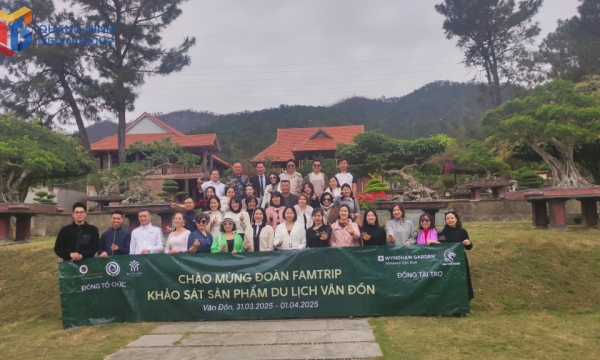
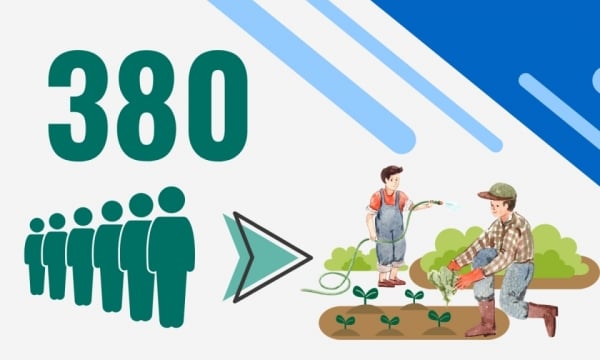

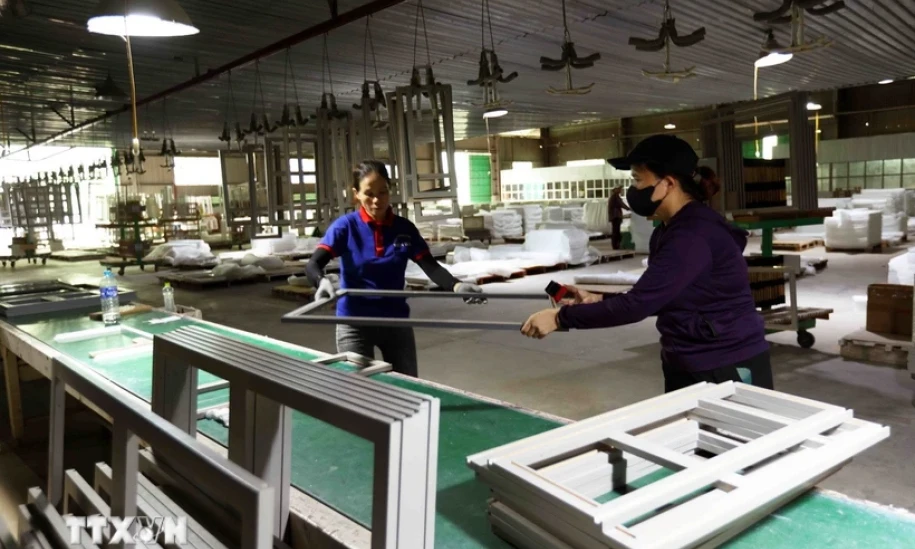

![[Photo] Myanmar's capital in disarray after the great earthquake](https://vstatic.vietnam.vn/vietnam/resource/IMAGE/2025/4/1/7719e43b61ba40f3ac17f5c3c1f03720)































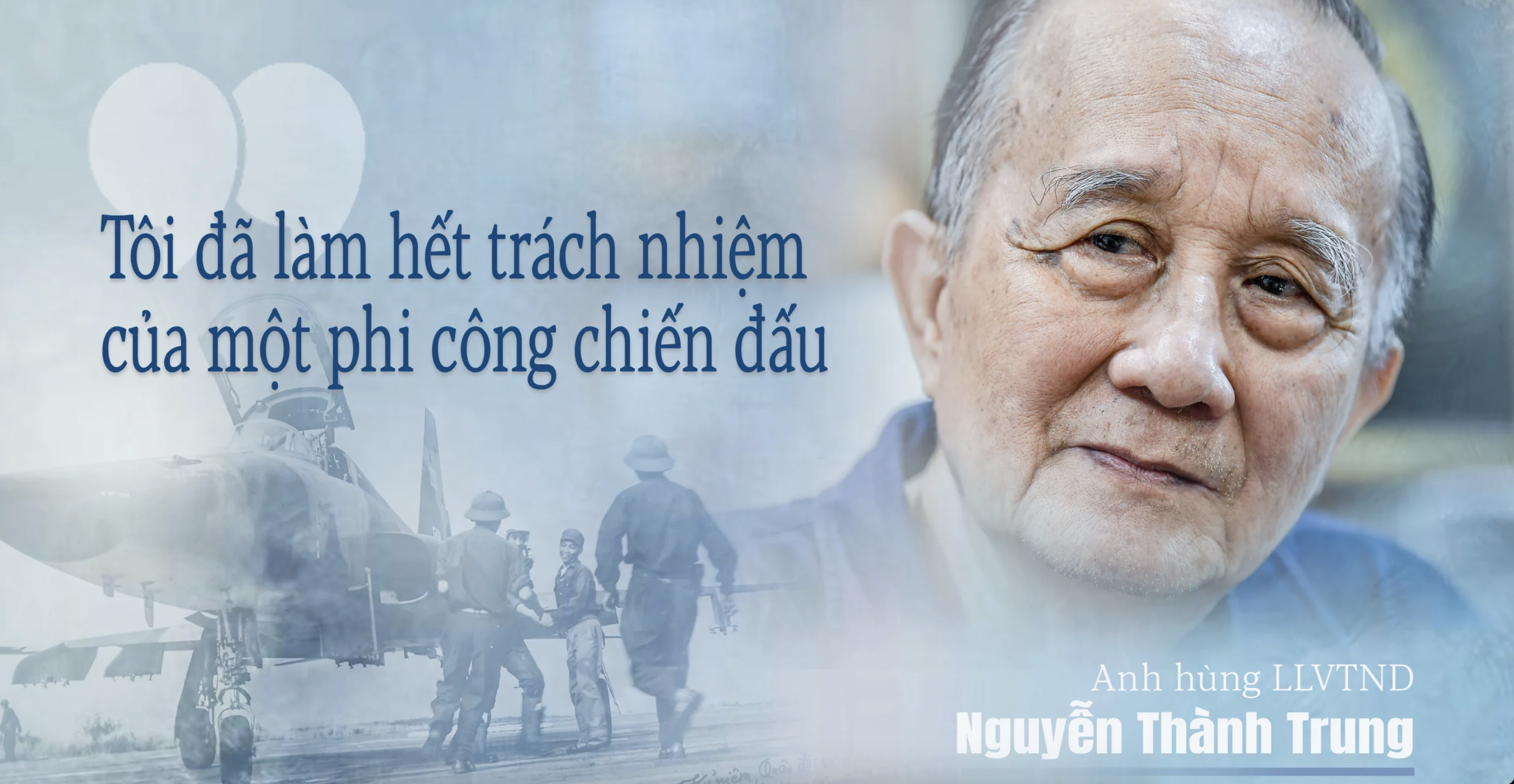










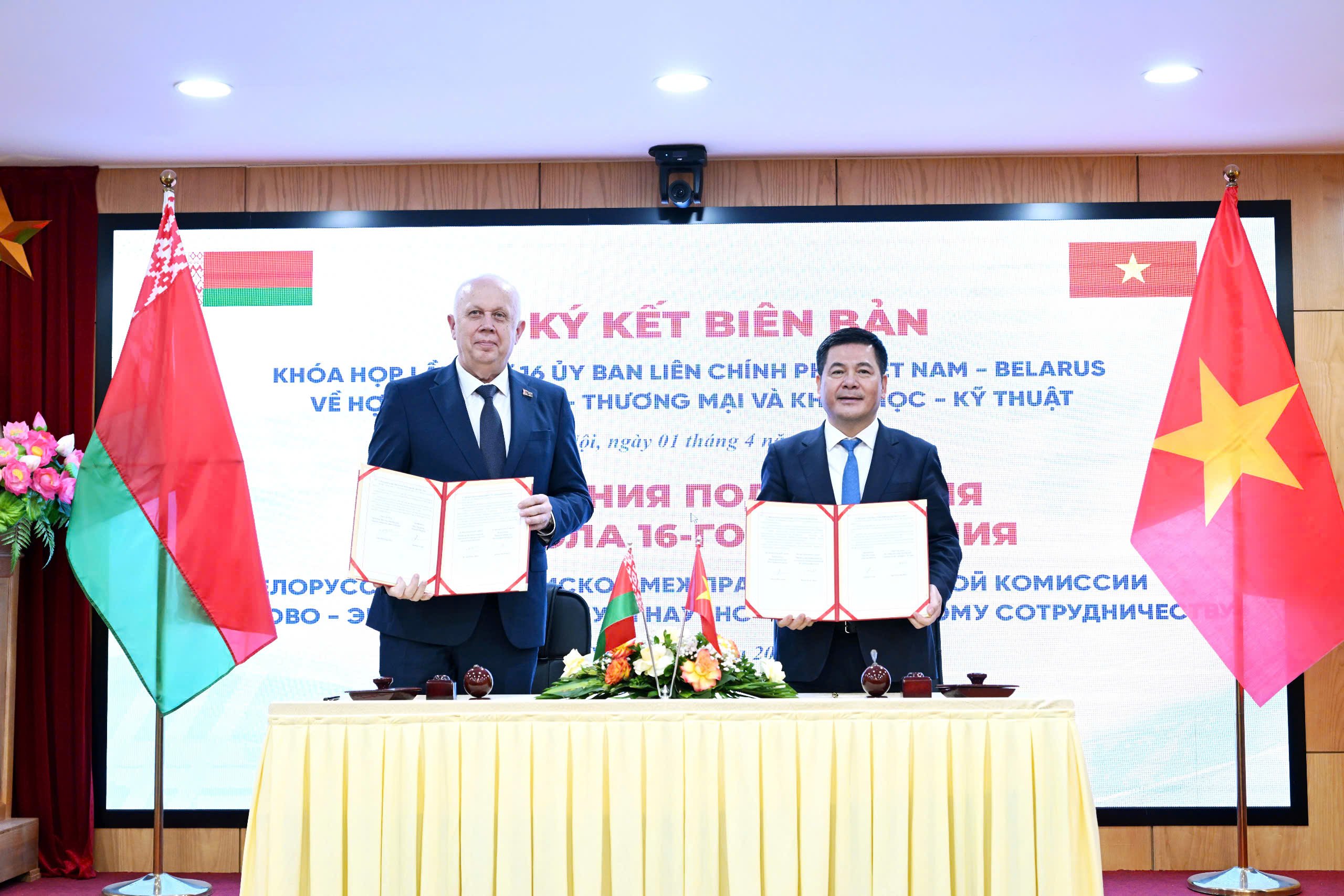


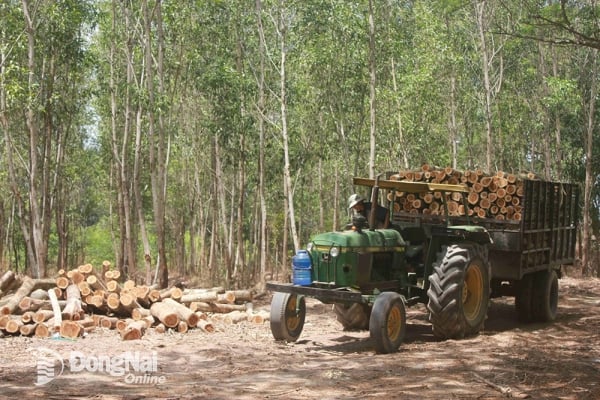

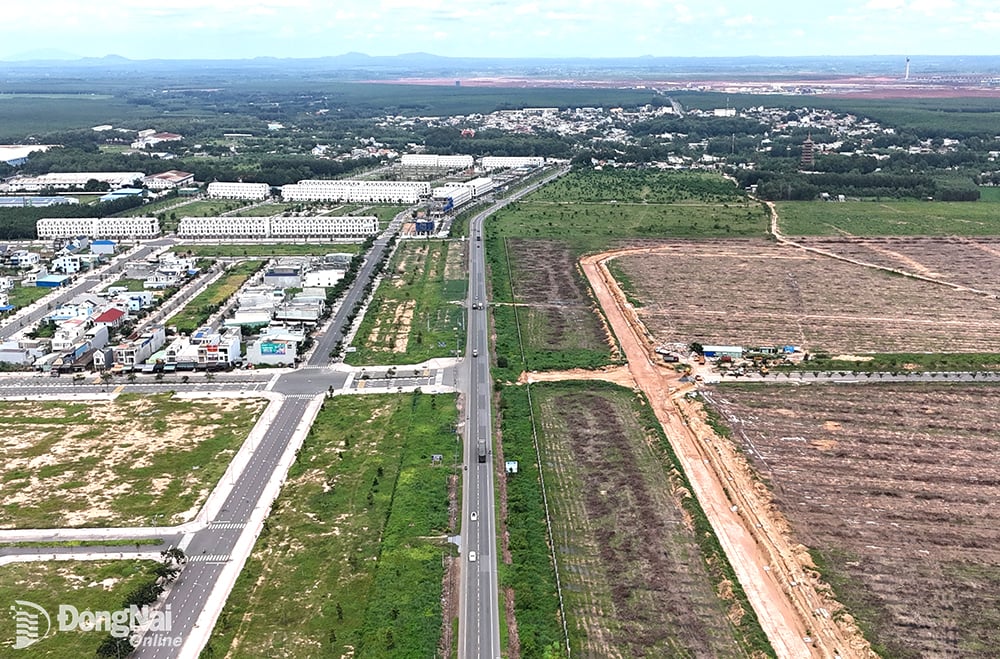











Comment (0)